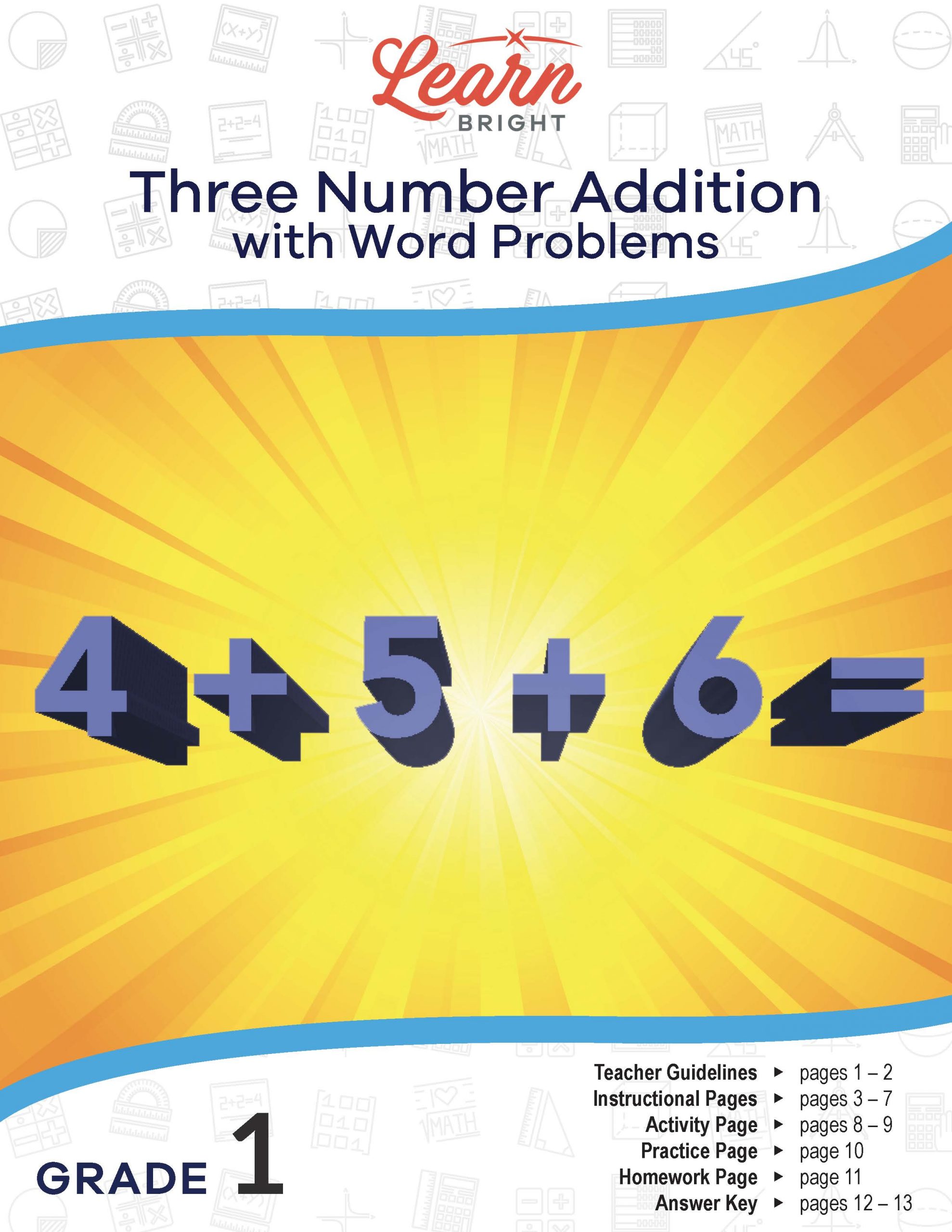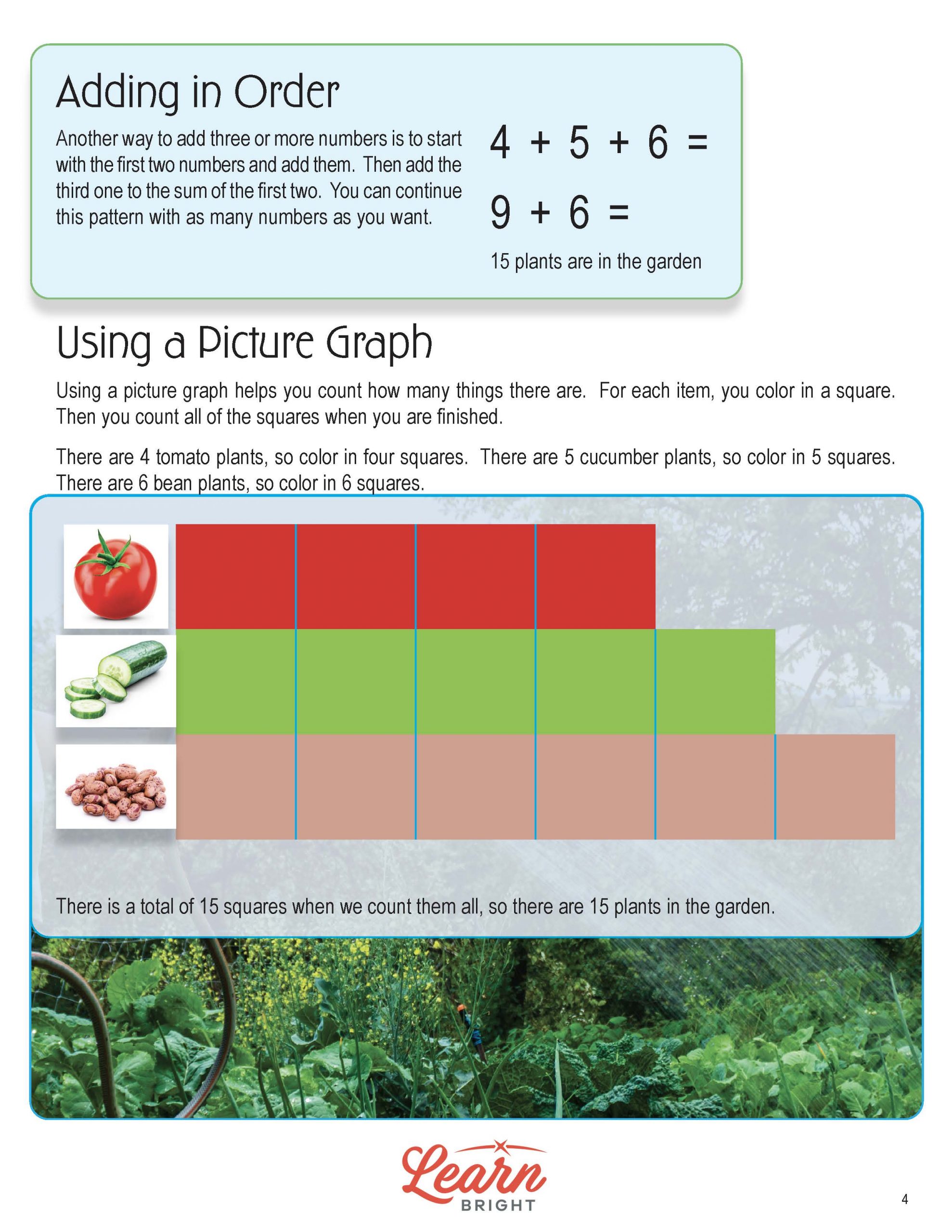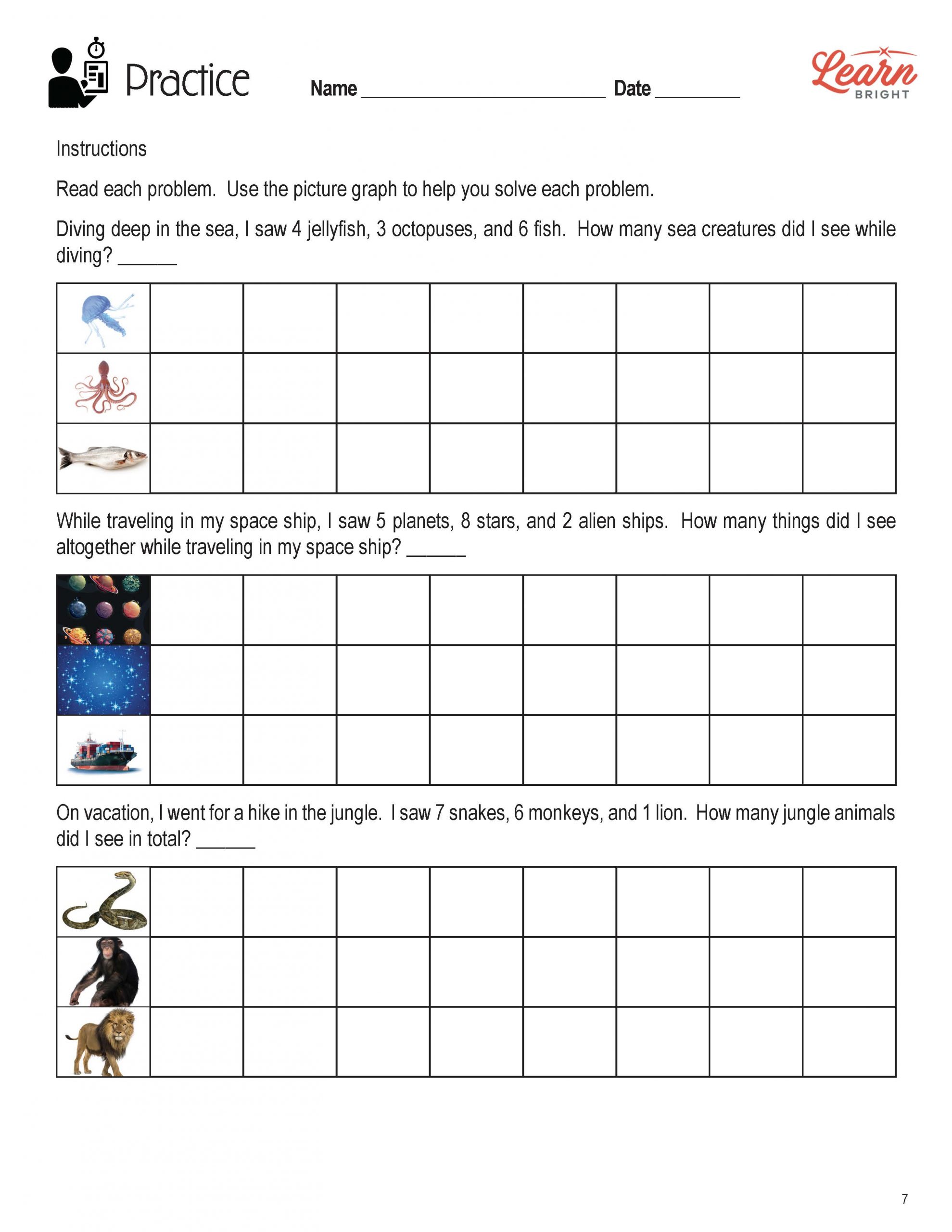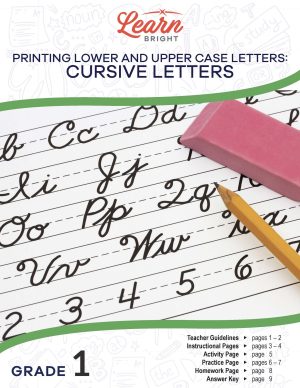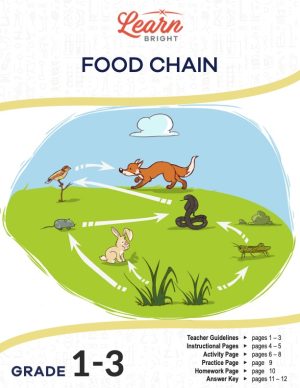Description
What our Three Number Addition with Word Problems lesson plan includes
Lesson Objectives and Overview: this lesson teaches students how to use objects, addition properties, and drawings to solve problems. With practice, they’ll be able to add three whole numbers quickly and easily. They will also have the opportunity to try writing their own word problems with the help of the included activity sheet. This lesson is for students in 1st grade.
Classroom Procedure
Every lesson plan provides you with a classroom procedure page that outlines a step-by-step guide to follow. You do not have to follow the guide exactly. The guide helps you organize the lesson and details when to hand out worksheets. It also lists information in the blue box that you might find useful. You will find the lesson objectives, state standards, and number of class sessions the lesson should take to complete in this area. In addition, it describes the supplies you will need as well as what and how you need to prepare beforehand. For this lesson, the supplies you will need are index cards or blank paper and the handouts. To prepare for this lesson ahead of time, you can gather the index cards and copy the handouts.
Options for Lesson
Included with this lesson is an “Options for Lesson” section that lists a number of suggestions for activities to add to the lesson or substitutions for the ones already in the lesson. One optional adjustment to the lesson is to let students use counters or blocks instead of a graph to help them count. When you introduce graphs in the lesson, you could take the opportunity to talk about how graphs work and how they relate to data collection. Finally, you could provide objects for students to count as part of an additional lesson activity.
Teacher Notes
The teacher notes page includes a paragraph with additional guidelines and things to think about as you begin to plan your lesson. It notes that this lesson gives students the opportunity to practice writing their own addition word problems. This page also includes lines that you can use to add your own notes as you’re preparing for this lesson.
Three Number Addition with Word Problems LESSON PLAN CONTENT PAGES
Addition Word Problems with 3 Whole Numbers
Three Number Addition with Word Problems lesson plan includes three pages of content. The lesson begins by telling students that there will be times when they need to add more than two numbers together. For example, if you go shopping, you might need to add together the prices of the different items. This lesson explains three methods that you can use to add three or more numbers together. The lesson uses one problem (adding together the different vegetables in a garden) as an example to illustrate all three methods.
Grouping by Tens
The first method is to look at all of the numbers you want to add together and see if any of them add up to 10. For example, if you have both a 4 and a 6. This grouping will make it easier to add. This method uses the commutative property. We can combine the numbers in groups without changing the final answer.
Adding in Order
The second method is is to start by adding the first two numbers together. Next, you add the third number. Continue to add the numbers one by one until you have your final answer.
Using a Picture Graph
The third, and final, method uses a picture graph to help you solve problems. These types of graphs help you determine how many things there are in total. In this example, there are four tomatoes, so you would color four squares in red. You will do this for every type of object, and then count all of the colored squares to find your final answer.
The lesson also includes a second example, and shows you how to solve the problem using each method.
Three Number Addition with Word Problems LESSON PLAN WORKSHEETS
The Three Number Addition with Word Problems lesson plan includes three worksheets: an activity worksheet, a practice worksheet, and a homework assignment. You can refer to the guide on the classroom procedure page to determine when to hand out each worksheet.
WRITE YOUR OWN PROBLEM ACTIVITY WORKSHEET
For the activity, students will write their own word problem using three items. You can provide students with a setting (like the beach, the desert, or in their house). Every student will have a different setting. Once students have written their problems, they will exchange them and solve them. If you’d like, you can also compile all of the problems into a packet that students can use for practice.
PICTURE GRAPH PRACTICE WORKSHEET
The practice worksheet asks students to read various word problems and solve using picture graphs.
Three Number Addition with Word Problems HOMEWORK ASSIGNMENT
For the homework assignment, students will read a word problem and answer questions about it to test their understanding of the lesson material.
Worksheet Answer Keys
This lesson plan includes answer keys for the practice worksheet and the homework assignment. If you choose to administer the lesson pages to your students via PDF, you will need to save a new file that omits these pages. Otherwise, you can simply print out the applicable pages and keep these as reference for yourself when grading assignments.

